I must confess, I like the Netflix model a lot better when it comes to anime films than anime series. With a release like Drifting Home, I can see a movie in real-time, in English. If it only received a theatrical release it would be many months before a subtitled version was available (not to mention the obscene prices for movie tickets in Japan and the ongoing pandemic). I don’t know if this distribution is as financially beneficial for the studio, but from my selfish perspective it’s a winner.
The studio part is important to me both generally – because the animators and staff have generally been frozen out of Netflix money – and specifically. That’s because Ame wo Tsugeru Hyouryuu Danchi is by Studio Colorido. And in an industry where genuine positivity towards studios as places to work is rare as hen’s teeth, Studio Colorido is – at least as deep as an outsider like me can see in – an exception. They were founded not long after I started this website, started small and still are small, relatively speaking. But as a creator-centric hub for experimentation and a model for nurturing young talent, they’re a giant in the industry. I want everything they do to succeed, because they’re a unicorn in anime and that success can only send the right signal to the rest of the field.
Over the decade-plus of its existence, 34 year-old Ishida Hiroyasu has emerged as the creative center of the studio. He was the director of Colorido’s most important – and best – work to date, Penguin Highway. And he’s the director of Drifting Home, as well as co-writing it with Mori Hayashi (which is a fake name if ever I’ve heard one). Penguin Highway was of course based on a novel by Morimi Tomihiko. And that, like it or not, sets a bar that’s pretty much impossible to clear, as Morimi is among the best writers in Japan in any medium or genre.
Ame wo Tsugeru Hyouryuu Danchi is everything you’d expect from a Studio Colorido film from the director of Penguin Highway. It’s a visual feast, combining traditional animation and CGI as effectively as anybody in the business, with gorgeous background and character designs. It’s a fantasy seen through the lens of a child’s imagination, full of wondrous and terrifying imagery. What it’s not is Morimi – this movie lacks the depth and thematic ambition and character authenticity of Penguin Highway. As I said that’s a ridiculously high bar, so it probably wouldn’t be fair to expect otherwise.
Drifting Home is thematically grounded in two very Japanese ideas. First, the Shinto notion that every object is inhabited by a Kami of its own. And second, the love of abandoned places – haikyo. The country is obsessed with them — there’s a vibrant semi-underground subculture around exploring them. Generally speaking this is done illegally, though some rare exceptions (like Nagasaki’s “battleship island”, Gunkanjima) can be officially visited (which a true haikyo enthusiast would spit upon). I totally get this one – I’m fascinated by haikyo myself, and have visited a few.
The two heroes of the piece are a pair of 11 year-olds, Kumagaya Kousuke (Tamura Mutsumi) and Tonai Natsumi (Asami Seto). After Natsumi’s parents split and bail she moved in with neighbor Kousuke and his family when they were about five or six, and became especially close with his grandfather Yasuji (the great Shimada Bin). Eventually her mother came back and collected her, Yasuji passed away and their apartment complex closed and was condemned, and the two children drifted apart, Natsumi is a frequent visitor to the abandoned apartment, now scheduled to be demolished, and befriends a strange boy named Noppo (Murase Ayumu) who seems to be squatting there.
The long and short of it is that somehow, the apartment building winds up adrift at seas and the three are stranded in it – along with four of their friends. Those four are pretty much stock characters despite some heavyweight seiyuu talent (all of whom sound way too old), but it’s really the main three who matter to the story. A harrowing adventure ensues, with some wonderfully composed scenes of buildings adrift at sea and quite terrifying imagery of what seems to be the past hungering to consume the present. The character interactions are hit and miss if I’m honest, but there’s genuine pathos in this premise – especially if you buy into the poignancy of those two main themes I mentioned.
In the final analysis, writing matters. And in comparing Drifting Home and Penguin Highway, it’s the difference between a very good animated film and a great one. Drifting has all the other pieces of the puzzle, it’s just that one element that isn’t quite up to the standard of the others, and a movie can’t be great without it. Nevertheless I think it’s a movie every anime fan should watch (legally), both to support the studio which deserves it, and for the chance to see the product of a lot of extremely talented artists given license to explore their imaginations.



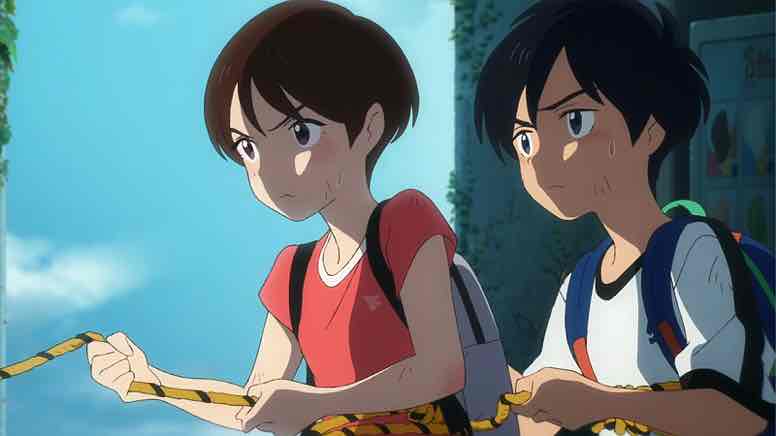

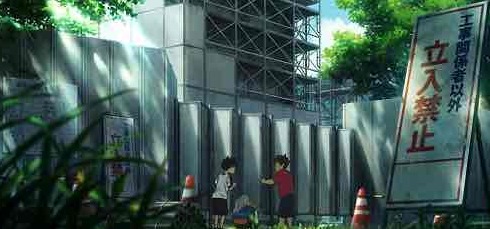
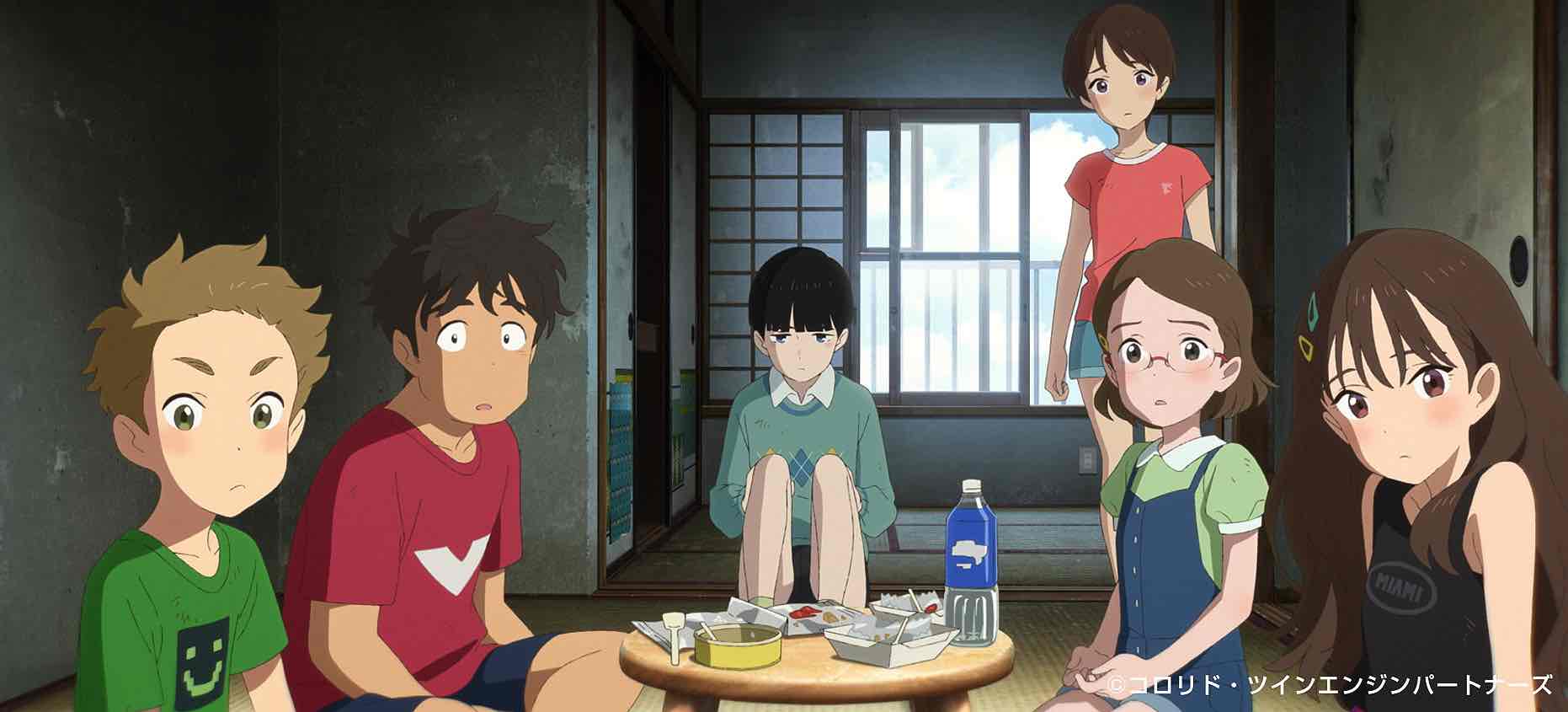
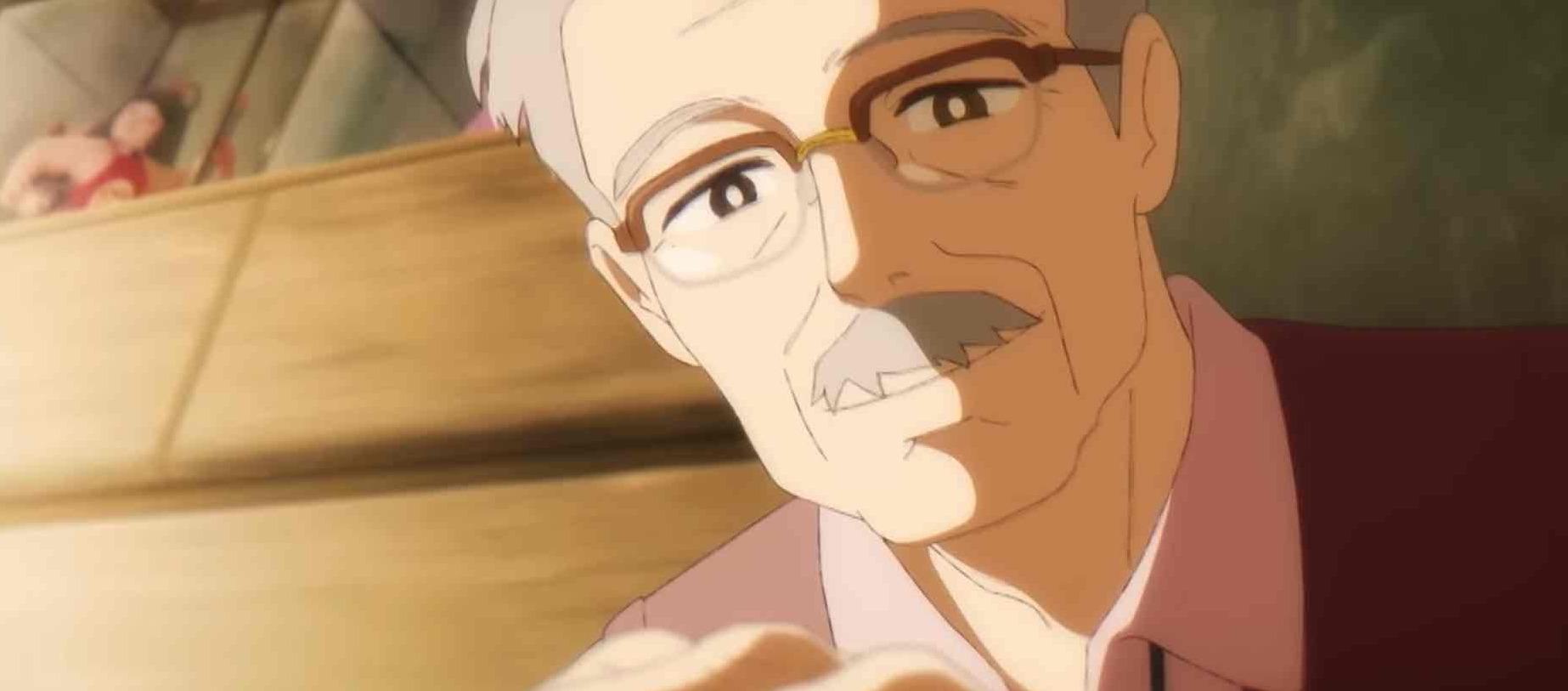
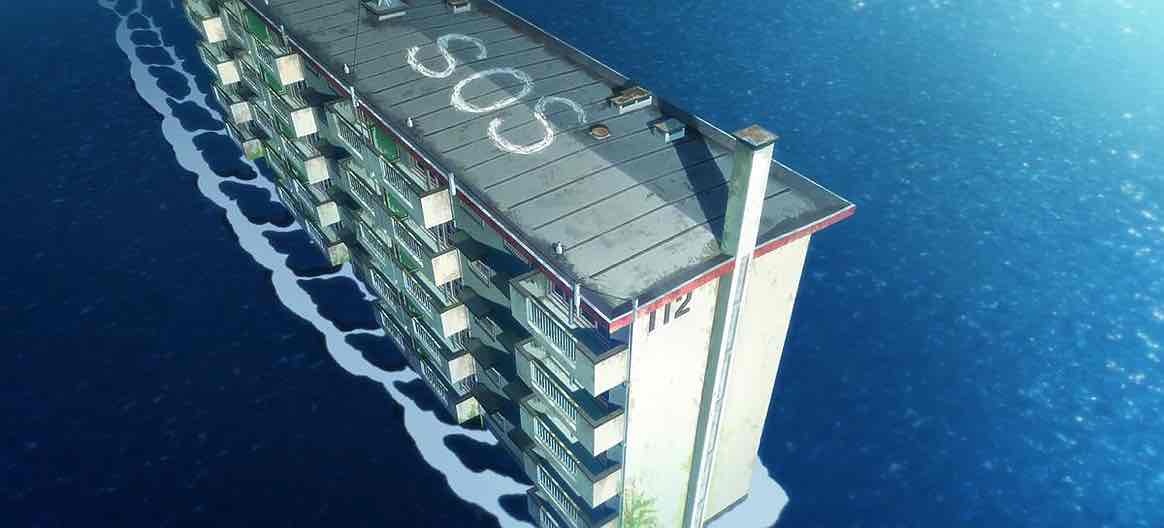
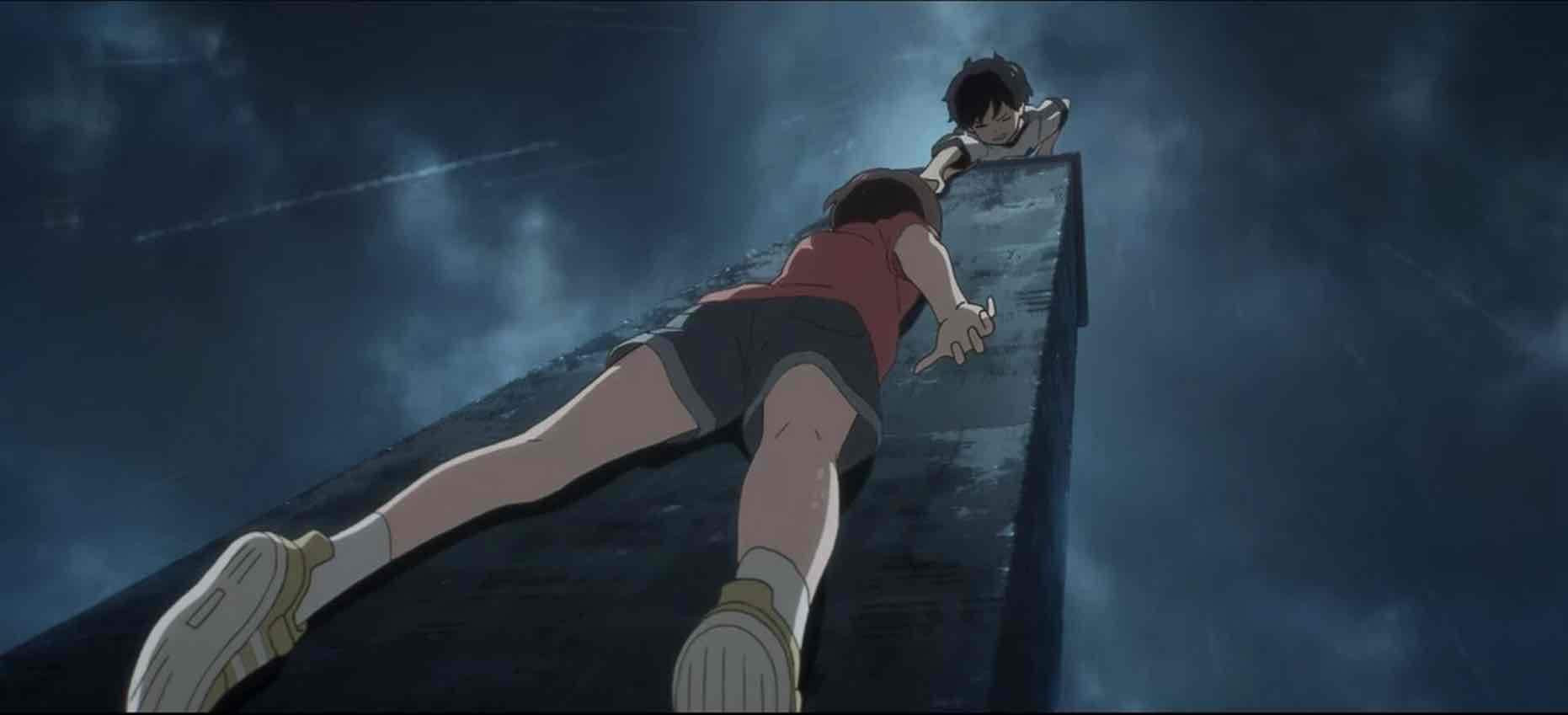
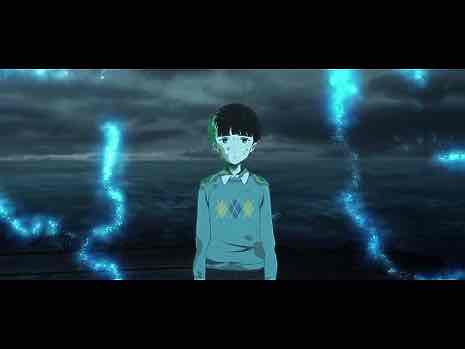


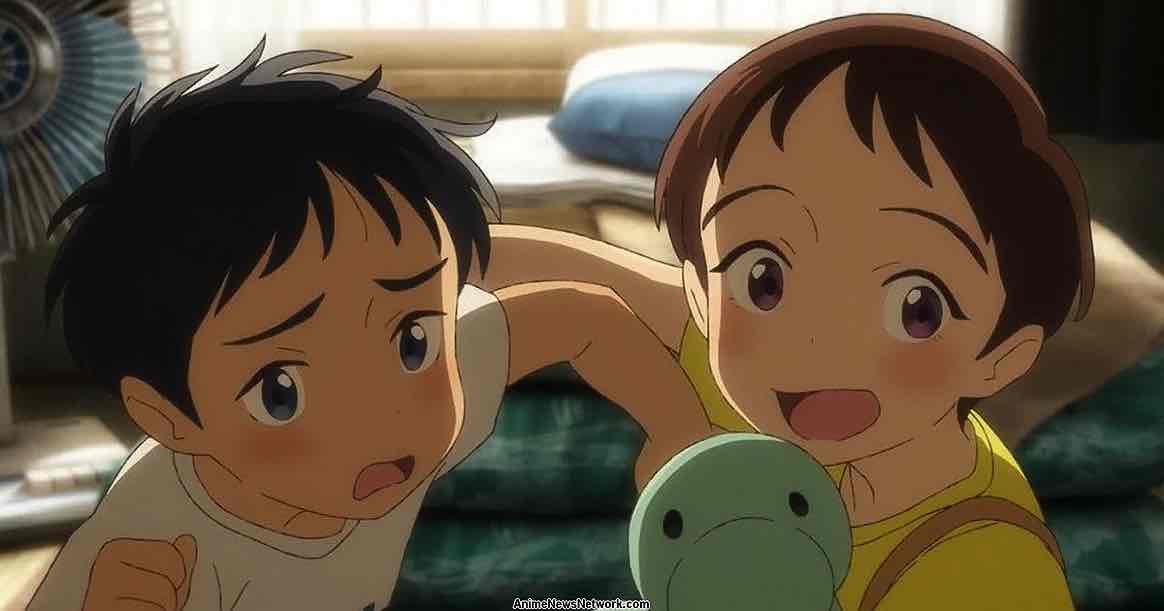
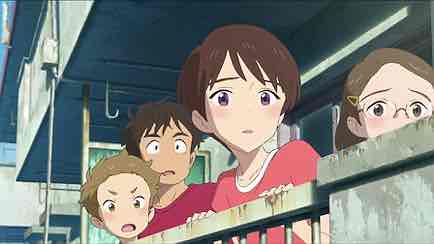
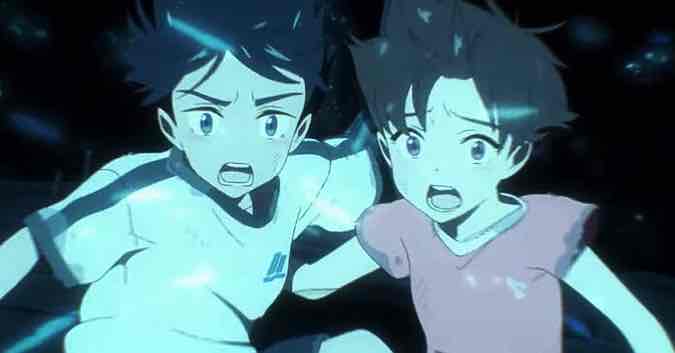
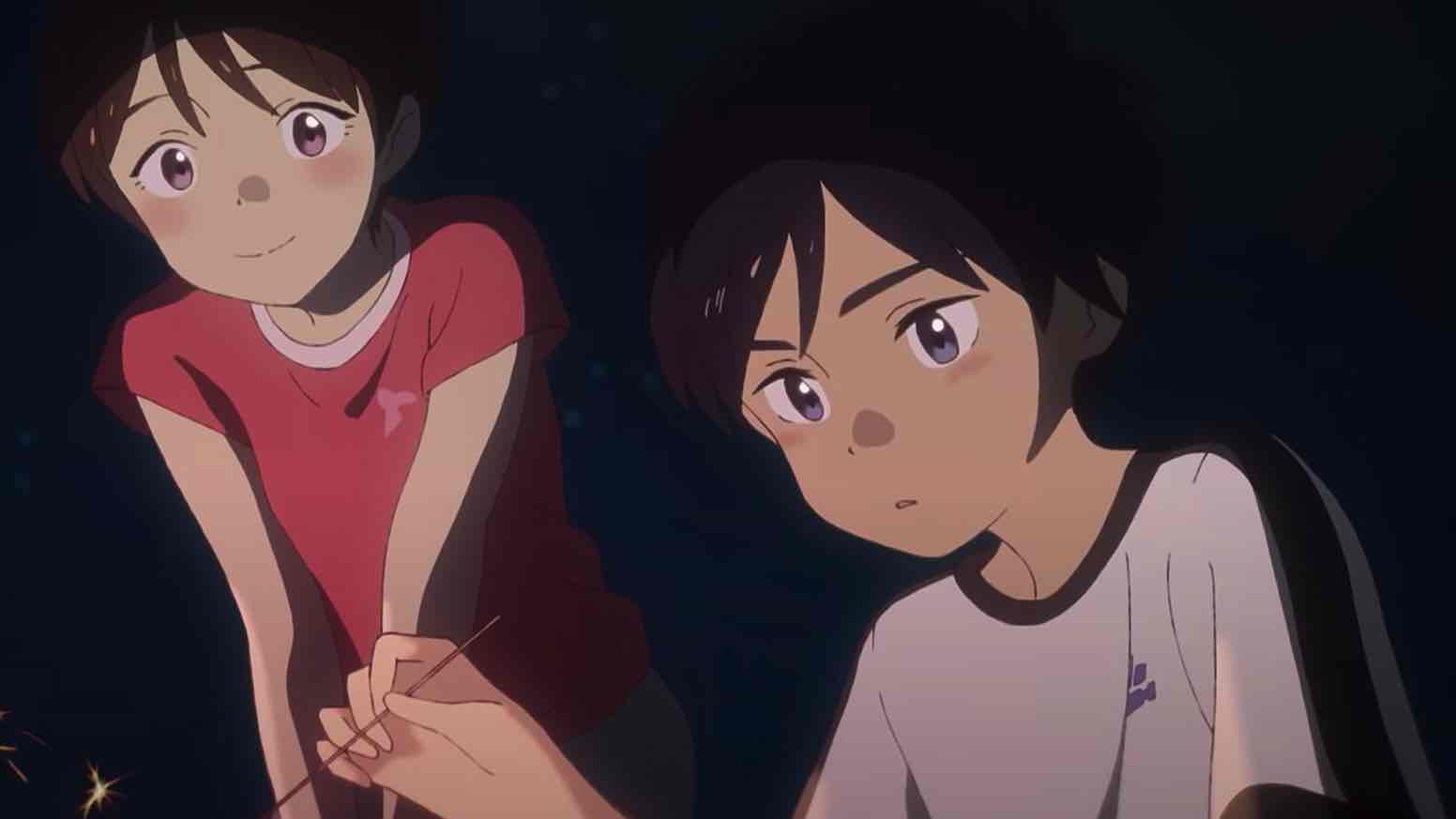


geha714
September 19, 2022 at 7:19 pmAgree with your recommendation. Despite dragging along (mostly in the second half IMHO), the movie is still pretty enjoyable. The script could have been tightened quite a bit and give the supporting characters more depth. Yet, the visuals and performances (especially from the three leads) are good. I share your enthusiasm for Studio Colorido and hoping that their next projects are even better.
Guardian Enzo
September 19, 2022 at 7:36 pmTheir success can only have a positive impact on the industry, if it has any impact at all.
The truth is, not every great anime director is also a great writer. Maybe Ishida is, and will grow into it – maybe he’s not. Pretty much every Morimi novel that could be adapted has been so it would be nice!